Making a Wire Clamper
Gareth's Tips, Tools, and Shop Tales - Issue #44
For our next tool-related conversation, I’d like to talk with you all about your “Touch? Die!” tools. These are the most precious and critical tools in your collection, the tools that you have an almost irrationally protective attitude towards. I call them “Touch? Die!” tools because I had a friend years ago who had a stamp that he’d use to mark certain tools. It read: Touch? Die! He was otherwise a very gentle, peaceful soul, so the intensity of this statement always struck me and made me realize how protective we can be over certain tools that we can’t bear to lose, part with, or have damaged.
Making a Wire Clamper
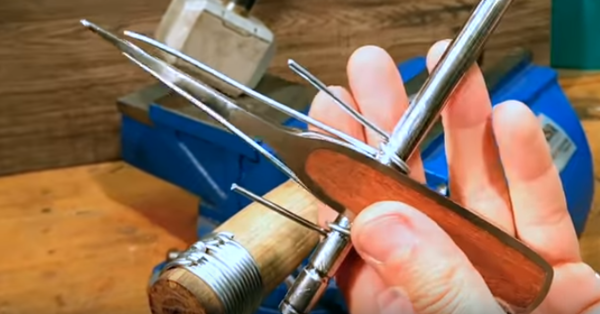
A lovely, fancy version of an easy-to-make wire clamping tool.
I love being introduced to tools that I didn’t even know existed and being able to immediately recognize their utility. Such is the case in this video, sent to me by my pal Steven Roberts, on how to build a wire clamper. A wire clamper is a device that allows you to very tightly wrap wire around an object. In the video, Advoko creates a very fancy version of the clamper, but he also shows how to make a far easier, simpler version.
Going from Idea to 3D Printed Part
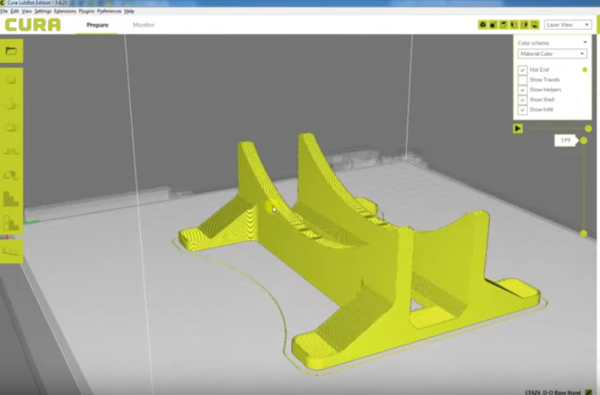
Designing a quick 3D-printed stand for working on a robot.
In this video, Matt Denton shows you how to go from an idea in your head to 3D designing and virtually testing the object before 3D printing it. A great tutorial for those still somewhat new to working in CAD software.
Tibet Almond Stick
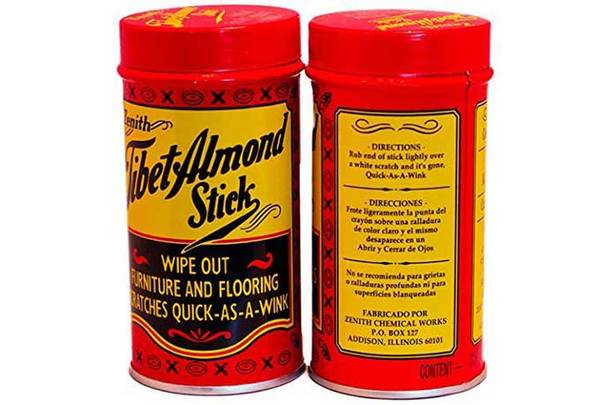
Holy Art Deco packaging, Batman!
Via the Cool Tools site I was introduced to the Tibet Almond Stick. It is sold as a furniture scratch remover. But as my friend Bob Knetzger points out, it also works wonderfully as a restorer of guitar, banjo, and mandolin strings. And check out that cool retro packaging!
More on Pencil Magnets
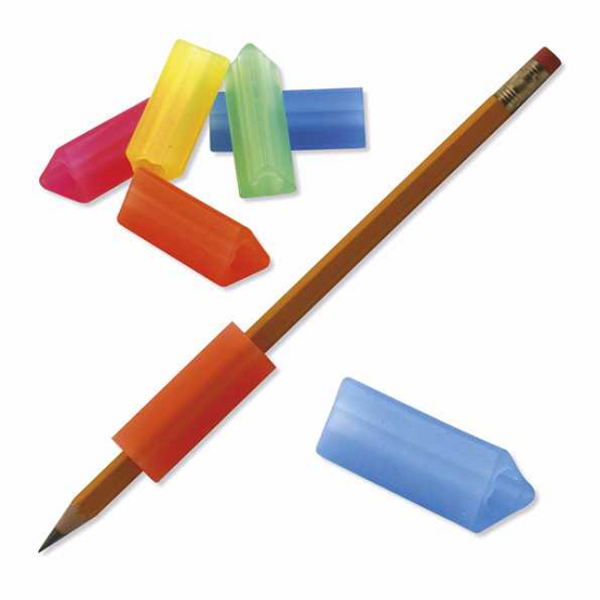
Add a magnet and stick pencils up all over the shop.
Reader Karl Chwe offered this tip on adding a magnet to a pencil to allow you to stick it to metallic surfaces: “The best solution might be to get some of those prism-shaped pencil grip aids, with the triangular cross section, that are supposed to improve your grip on a pencil. Cut them in half so they’re shorter, glue the magnet to it with construction adhesive, then slide it on the eraser side of the pencil. Durable and removable!” And you have the added bonus that the triangular shape will prevent your pencil from rolling away when you put it down.
DIY Tin Pants
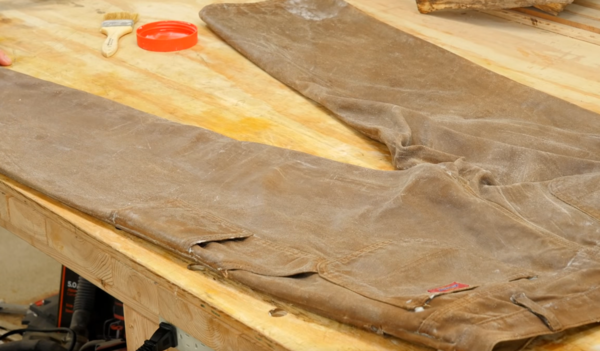
Making your own near-indestructible pants.
I am still looking for input into my “Maker Sartorial” series–the clothes, shop aprons, tool belts, shoes, etc. you wear while working on projects. In that vein, I present to you a video I wrote about on Make: many years ago about making your own tin pants. The video is poorly edited and overly-long, and the process can be dangerous if you don’t take proper safety precautions (like wearing a respirator and having extremely good ventilation). But the results are pretty great, at a fraction of the cost of store-bought tin pants. If any of my readers use or have made their own tin pants, I’d love to hear about it.
Toys!
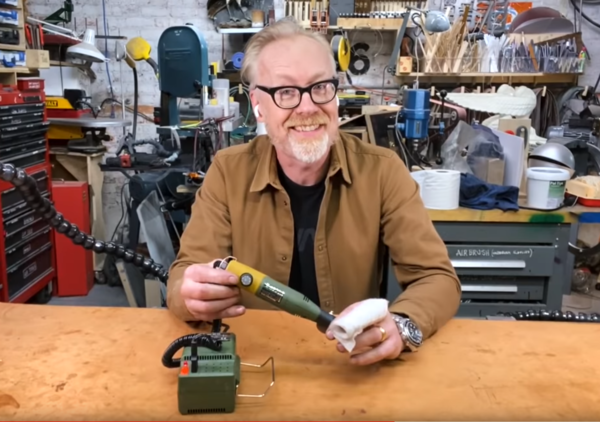
Adam raves about his new Proxxon rotary tool.
I have a thing for rotary tools. I have… too many. But after watching this Adam Savage tool review, I want another. I have known about Proxxon products for years and have long-wanted one of their foam cutting tables, but I had no idea that they made a lightweight, precision rotary tool. Christmas list here we come!
The Maker’s Muse

Coooooookie.
The Practical Engineer has created this silly yet awesome hands-free in-shop Oreo cookie dispenser. Video here.
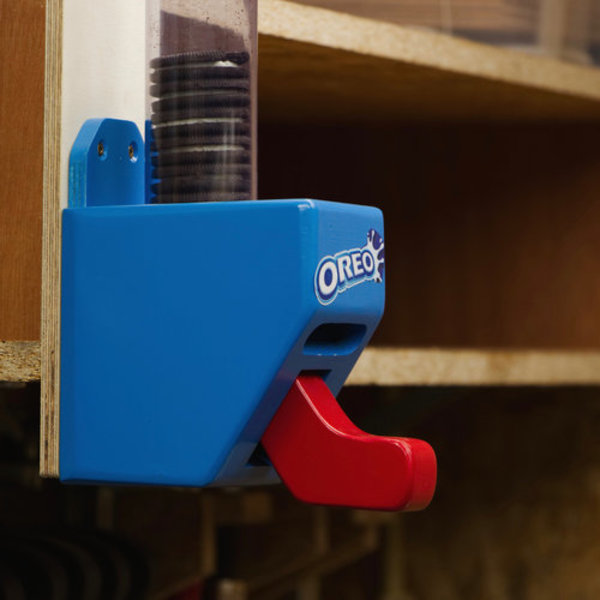
Shop Talk
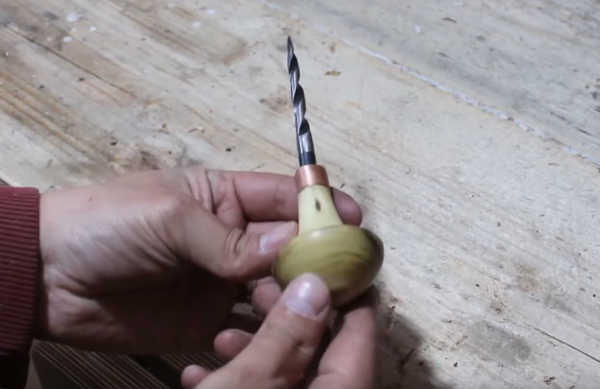
If you don’t have a lathe, you can turn one of these on a drill press.
In response to making an awl/reamer out of an old drill bit, reader Craig writes: “You can do the whole awl project on a drill or drill press. Before I had a lathe, that’s what I did. Just avoid heavy lateral stress as you turn the awl and handle. One method that I’ve used is to glue wood and metal together, chuck the bit or rod, then turn the handle. I have used angle grinders, a Dremel, and files to form the tool.”
***
In response to my Maker Sartorial call, reader Jason Young wrote to tell me about these amazing-looking CAT-brand work pants:
“I discovered these pants a few years ago when a British friend wore them around Tech Shop. We called them “Craig Pants,” in honor of him, even though “pants” has a different connotation in BritSpeak. 🙂 Several of us ended up getting them and wore them all the time. I love them and now own several pairs. In fact, I was up on a ladder all day painting our house and the extra pockets and attachment points were extremely helpful. They’re incredibly rugged, fit great, and wear well (just don’t wash them with screws in the pockets). They even have knee pockets that keep insertable knee pads in place. They’re my go-to pants when doing any serious making.”
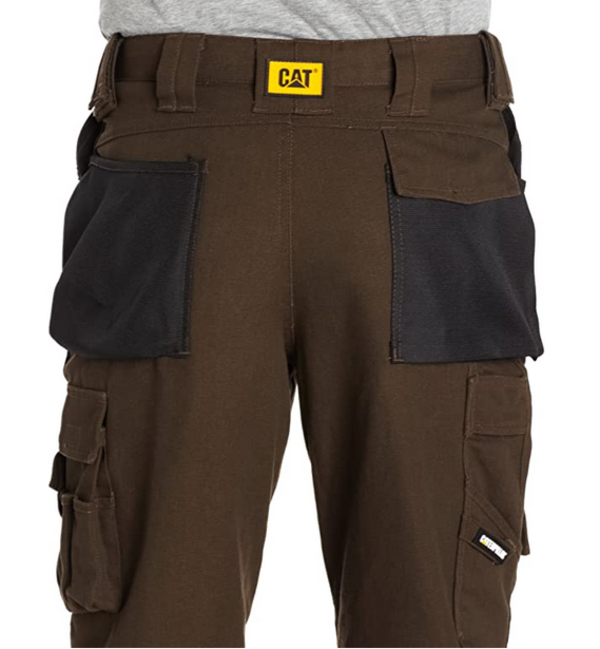
“Craig Pants” aka Caterpillar Men’s Trademark Pant









